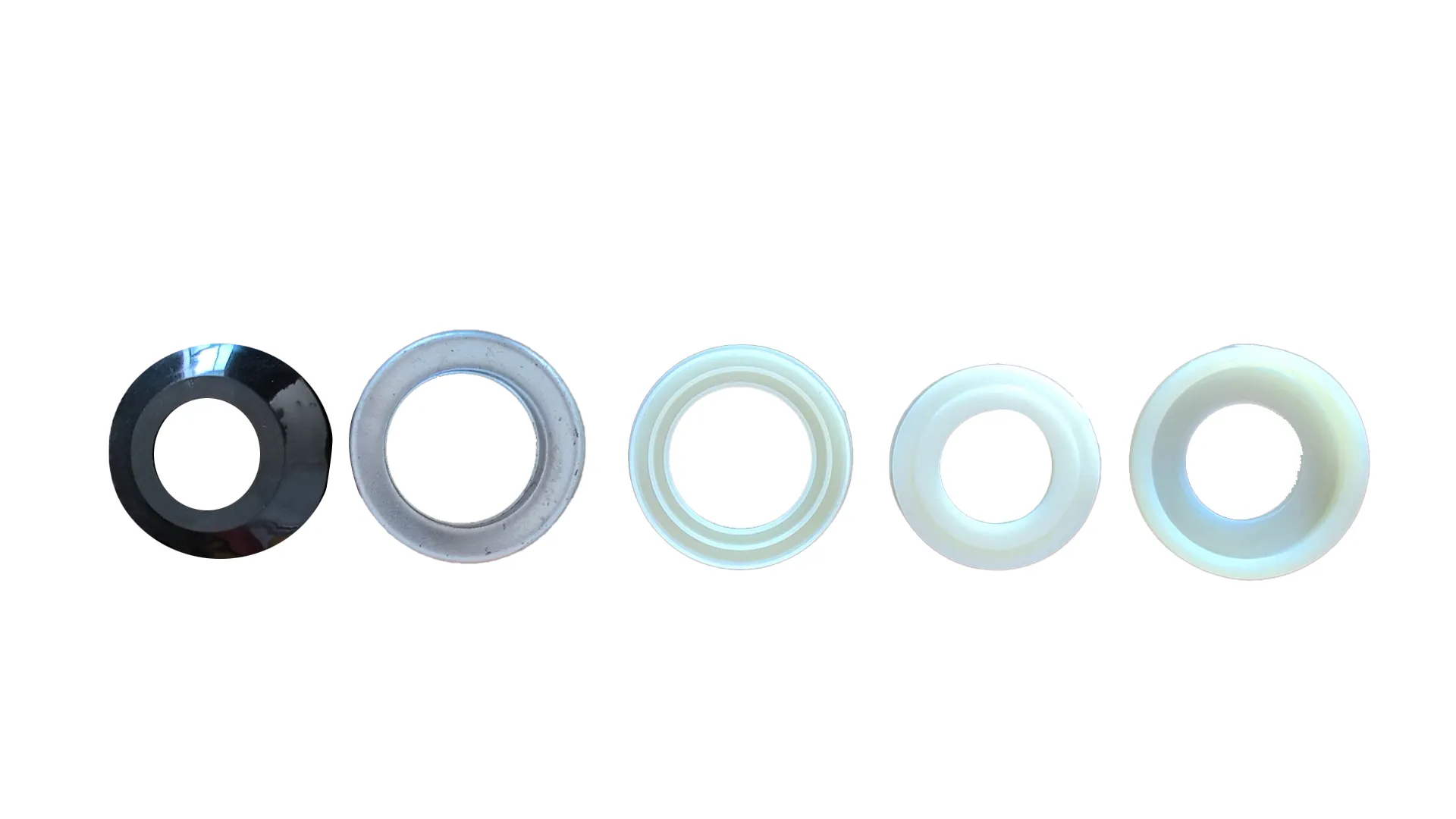 Afrikaans
Afrikaans  Albanian
Albanian  Amharic
Amharic  Arabic
Arabic  Armenian
Armenian  Azerbaijani
Azerbaijani  Basque
Basque  Belarusian
Belarusian  Bengali
Bengali  Bosnian
Bosnian  Bulgarian
Bulgarian  Catalan
Catalan  Cebuano
Cebuano  Corsican
Corsican  Croatian
Croatian  Czech
Czech  Danish
Danish  Dutch
Dutch  English
English  Esperanto
Esperanto  Estonian
Estonian  Finnish
Finnish  French
French  Frisian
Frisian  Galician
Galician  Georgian
Georgian  German
German  Greek
Greek  Gujarati
Gujarati  Haitian Creole
Haitian Creole  hausa
hausa  hawaiian
hawaiian  Hebrew
Hebrew  Hindi
Hindi  Miao
Miao  Hungarian
Hungarian  Icelandic
Icelandic  igbo
igbo  Indonesian
Indonesian  irish
irish  Italian
Italian  Japanese
Japanese  Javanese
Javanese  Kannada
Kannada  kazakh
kazakh  Khmer
Khmer  Rwandese
Rwandese  Korean
Korean  Kurdish
Kurdish  Kyrgyz
Kyrgyz  Lao
Lao  Latin
Latin  Latvian
Latvian  Lithuanian
Lithuanian  Luxembourgish
Luxembourgish  Macedonian
Macedonian  Malgashi
Malgashi  Malay
Malay  Malayalam
Malayalam  Maltese
Maltese  Maori
Maori  Marathi
Marathi  Mongolian
Mongolian  Myanmar
Myanmar  Nepali
Nepali  Norwegian
Norwegian  Norwegian
Norwegian  Occitan
Occitan  Pashto
Pashto  Persian
Persian  Polish
Polish  Portuguese
Portuguese  Punjabi
Punjabi  Romanian
Romanian  Russian
Russian  Samoan
Samoan  Scottish Gaelic
Scottish Gaelic  Serbian
Serbian  Sesotho
Sesotho  Shona
Shona  Sindhi
Sindhi  Sinhala
Sinhala  Slovak
Slovak  Slovenian
Slovenian  Somali
Somali  Spanish
Spanish  Sundanese
Sundanese  Swahili
Swahili  Swedish
Swedish  Tagalog
Tagalog  Tajik
Tajik  Tamil
Tamil  Tatar
Tatar  Telugu
Telugu  Thai
Thai  Turkish
Turkish  Turkmen
Turkmen  Ukrainian
Ukrainian  Urdu
Urdu  Uighur
Uighur  Uzbek
Uzbek  Vietnamese
Vietnamese  Welsh
Welsh  Bantu
Bantu  Yiddish
Yiddish  Yoruba
Yoruba  Zulu
Zulu return pulley
The Importance of Return Pulley Systems in Mechanical Applications
In various mechanical applications, the return pulley plays a crucial role in ensuring the efficient operation of systems involving cables and belts. A return pulley is not just a simple wheel; it is a fundamental component that contributes significantly to the overall functionality of machinery.
At its core, a return pulley serves multiple purposes. Primarily, it redirects the path of a cable or belt, enabling it to change direction while maintaining tension. This is particularly vital in applications such as elevators, conveyor systems, and hoisting equipment. By facilitating the return of the cable or belt to its original position, the return pulley ensures smooth operation and prevents slack, which could lead to mechanical failure or accidents.
Moreover, return pulleys play a vital role in reducing wear and tear on cables and belts
. When cables are subjected to sharp angles or excessive bends, they can suffer from abrasion and eventual breakage. A return pulley alleviates this issue by providing a gentle arc for the cable to follow, thereby extending its lifespan. This not only saves on replacement costs but also enhances safety by minimizing the risk of equipment malfunction due to worn-out components.return pulley

The design of return pulleys is engineered to accommodate specific loads and angles of operation. For heavy-duty applications, return pulleys are often made of robust materials such as steel or reinforced plastics to withstand the stresses involved. The size and diameter of a return pulley can also affect the overall efficiency of the system. Larger pulleys may reduce friction and energy loss, while smaller ones can fit into tighter spaces, providing versatility in engineering designs.
In addition to their physical characteristics, return pulleys also come in various configurations, including fixed and adjustable types. Fixed pulleys are commonly used in static installations, while adjustable pulleys provide flexibility in dynamic environments where load conditions may change. This adaptability is crucial in industries such as mining, construction, and manufacturing, where operational demands fluctuate.
Furthermore, the integration of return pulley systems into automated machinery enhances productivity. For instance, in assembly lines, return pulleys streamline the movement of products, ensuring that items move efficiently from one station to another without interruption. This not only speeds up production but also improves the overall workflow.
In conclusion, return pulleys are indispensable components in mechanical systems. Their ability to redirect cables and belts, reduce wear, and enhance the efficiency of operations makes them essential in many industries. Understanding the importance of return pulleys can lead to better designs and improved performance in various mechanical applications. As technology advances, the role of return pulleys will continue to evolve, further cementing their status as vital elements in engineering and manufacturing.
-
Revolutionizing Conveyor Reliability with Advanced Rubber Lagging PulleysNewsJul.22,2025
-
Powering Precision and Durability with Expert Manufacturers of Conveyor ComponentsNewsJul.22,2025
-
Optimizing Conveyor Systems with Advanced Conveyor AccessoriesNewsJul.22,2025
-
Maximize Conveyor Efficiency with Quality Conveyor Idler PulleysNewsJul.22,2025
-
Future-Proof Your Conveyor System with High-Performance Polyurethane RollerNewsJul.22,2025
-
Driving Efficiency Forward with Quality Idlers and RollersNewsJul.22,2025





























